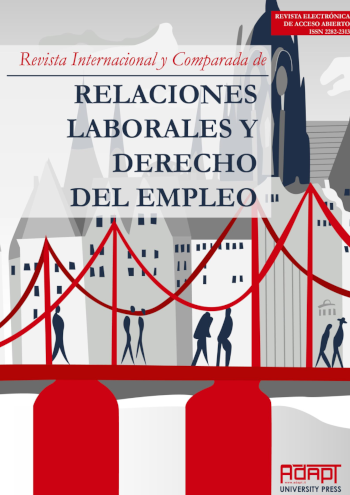Resumen
La utilización de aplicaciones de mensajería instantánea se ha popularizado en los últimos años, siendo utilizadas habitualmente como medio para comunicarse por millones de personas, también en el ámbito de las relaciones laborales. Ello ha venido planteando algunas cuestiones en torno a su utilización como medio de prueba en el proceso laboral. Esta contribución analizará algunas de ellas, que han suscitado un debate no cerrado en jurisprudencia y doctrina. En particular, qué naturaleza posee como medio de prueba: documento o medio de reproducción de la palabra, imagen o sonido (algo con importantes consecuencias desde una perspectiva del acceso al recurso de suplicación). Qué normas rigen su aportación en el proceso: impresión del pantallazo, diligencia de constancia por el Letrado de la Administración de Justicia, acta notarial o dictamen pericial. Cómo actuar en caso de impugnación, en concreto a quién corresponde la carga de acreditar su autenticidad, exactitud e integridad. Como se verá, las exigencias requeridas a la prueba digital son, en general, mayores que las aplicadas a la prueba tradicional.
The use of instant messaging applications has become popular in recent years, being commonly used as a means of communication by millions of people, also in the field of industrial relations. This has raised questions about their use as a means of evidence in the employment proceedings. This contribution will analyse some of them, which have given rise to an ongoing debate in the case-law and literature. In particular, what is its nature as a means of evidence: document or means of reproduction of the word, image or sound (something with important consequences from the perspective of access to the judicial review). What rules govern its use in the proceedings: printing of the screenshot, the diligence of the Judicial Officer, the notarial act or an expert opinion. How to act in the event of a challenge, specifically who is responsible for proving its authenticity, accuracy and integrity. As will be seen, the requirements placed on digital evidence are, in general, greater than those applied to traditional evidence.

